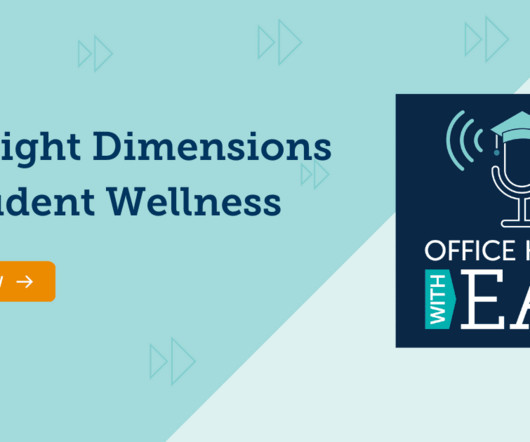Undergraduate Enrollment Shows Growth for Second Year
Diverse: Issues in Higher Education
OCTOBER 23, 2024
“Despite these declines in freshmen, there have been strong increases in the numbers of continuing and returning students among undergraduates.” Dr. “We saw fewer numbers of students registering and needed to take immediate action rooted in high-engagement practices to ensure students could attend Bergen as planned.



















Let's personalize your content